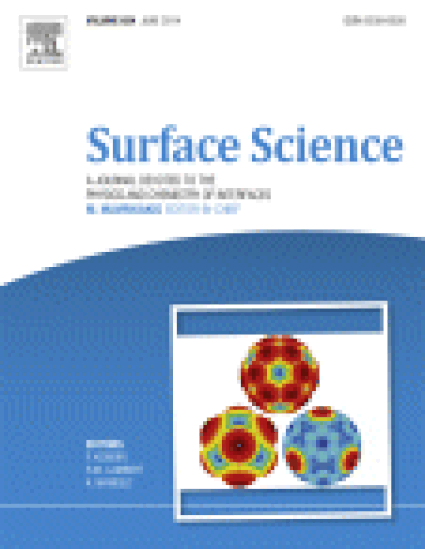
Article
A Computational Analysis for Amino Acid Adsorption
Surface Science
(2014)
Abstract
In this study we have systematically investigated the effects of surface configuration and molecular state for the adsorption of methionine (C5H11NO2S) on a graphite surface using two model force fields, AMBER 3 and MM +. Computational results were compared with experimental results. A commercial computational chemistry software (HyperChem™) was utilized in this study. Parameter sets for the force fields, AMBER 3 and MM +, were employed together with methionine in its non-ionic and zwitterionic state to investigate the molecular adsorption on a graphene sheet, a graphene sheet with hydrogen termination, as well as double layers of graphite with and without hydrogen termination. The results show that the model produces excellent qualitative results regarding inter-molecular configuration. Using the AMBER3 force field and methionine in its zwitterionic state adsorbed on a single graphite sheet leads to results which clearly resemble the experimental results and show hydrogen bonding between neighboring methionine molecules through the amino and carboxyl groups. Dimers are formed when two molecules are anti-parallel to each other, and parallel molecules are the building blocks of molecular rows.
Keywords
- Molecular mechanics,
- Force fields,
- Scanning Tunneling Microscopy,
- Methionine,
- Graphene,
- Amino acid
Disciplines
Publication Date
June, 2014
Publisher Statement
Copyright © 2015 Elsevier B.V. or its licensors or contributors DOI: 10.1016/j.susc.2014.02.004
Citation Information
Andreas Riemann and Brandon E. Owens. "A Computational Analysis for Amino Acid Adsorption" Surface Science Vol. 624 (2014) Available at: http://works.bepress.com/andreas_riemann/3/
